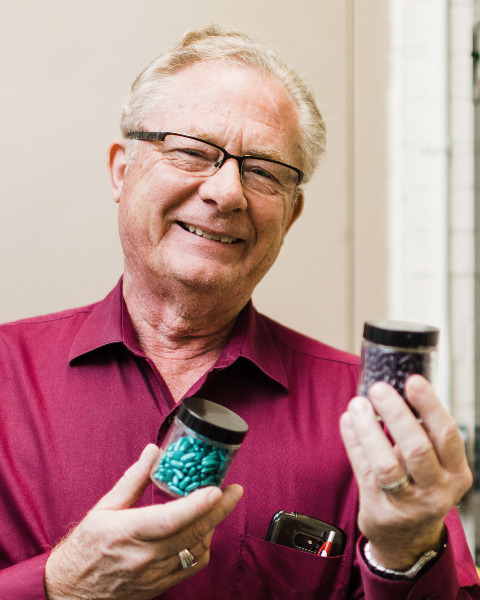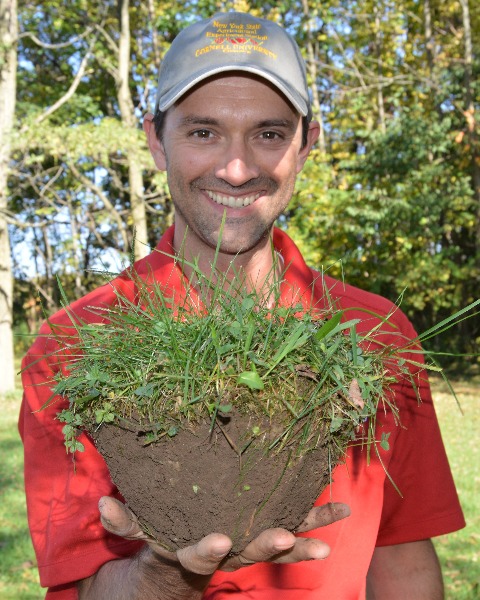Back
Plant-Insect Ecosystems
Student Competition 10-Minute Paper
Grad P-IE: Biocontrol 2
Microbial monsters: Using entomopathogenic fungi to manage white grubs in turfgrass
Monday, November 14, 2022
11:18 AM – 11:30 AM PT
Location: Vancouver Convention Centre, Meeting Room 217/218/219
- MS
Morgan Swoboda
Cornell University
Geneva, New York 
Alan Taylor
Cornell University
Geneva, New York
Kyle Wickings
Assistant Professor
Cornell University
Geneva, New York
Presenting Author(s)
Co-Author(s)
In the United States, turfgrass is grown on over three times the amount of land of any other irrigated crop. In New York State, white grubs (Coleoptera: Scarabaeidae) are one of the most prevalent pests of home lawns, athletic fields, and sod production. Currently, the use of insecticides is the most common way of controlling root-feeding herbivores. One environmentally friendly way to target these pests is to use entomopathogenic fungi (EPF) as dry spore powder seed treatments since these fungi already inhabit most soils across the world at relatively low natural densities. Here we show how tall fescue (Festuca arundinacea) growth is impacted by EPF seed treatments (Metarhizium anisopliae and Beauveria bassiana) and use soil bioassays with Galleria mellonella larvae to investigate how EPF infection changes in the soil in a greenhouse and field experiment after inoculation via turf seed treatment. In the greenhouse experiment, the total root weight of tall fescue significantly increased when the spore concentration of B. bassiana increased, and the total G. mellonella infection significantly increased over the course of eight weeks. No significant differences were seen for plant biomass or G. mellonella infection for M. anisopliae. In the field, we found that EPF infection was higher in the fall of 2021 for their respective plots. Future work will focus on the persistence of EPF in the soil of turf systems and will attempt to develop an effective spore delivery method for this system to decrease reliance on insecticides for grub control.


